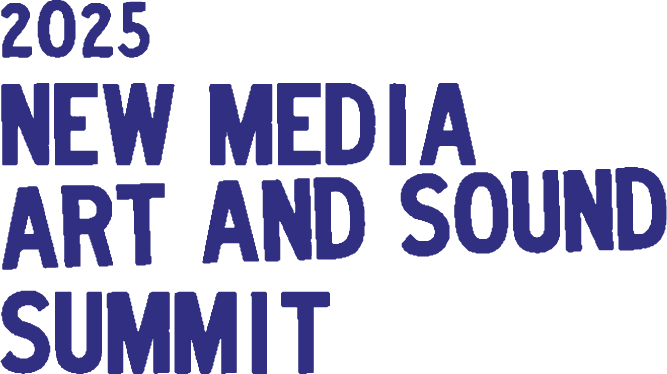Master|Doctor is a new collaboration between Austin-based percussionists Scott Charvet and Elayne Harris. NMASS 2020 is their first performance together (sort of).

Scott Charvet (Master) is an active percussionist and educator in Austin, TX, teaching private lessons by day and performing across town by night. A California native, Scott is an alumnus of California Polytechnic State University in San Luis Obispo (B.A. Music – 2011) and Bowling Green State University in Ohio (M.M. Instrumental Performance – 2017). As a performer, he touts a literal binderful of experience (some 100-200+ concerts so far) with a variety of groups and organizations, including the the Austin Brass Band, Density 512, Mongoose, the Pacific Conservatory of the Performing Arts, Fargo-Moorhead Symphony, the Santa Clara Vanguard, and even a few rock bands here and there. Scott has also participated in master classes with Steven Schick (U.C. San Diego), Matthew Duvall (Eighth Blackbird), Daniel Karas (Grand Rapids Symphony), the Boston Brass, and the Los Angeles Percussion Quartet. His music tastes range from the traditional to the surreal, but his absolute favorite is music with character, funk, and groove; the fun stuff that makes you dance. Outside of music, Scott thoroughly enjoys watching movies, writing screenplays, listening to podcasts, and eating vegan comfort food.
Elayne Harris (Doctor) is an active performer and music educator. She has performed with a variety of large ensembles and chamber groups, including: Ensemble X, Massanutten Brass Band, the Mid-Atlantic Wind Symphony, Finger Lakes Community Orchestra, Harrisonburg-Rockingham County Concert Band, University-Shenandoah Symphony Orchestra, the Staunton Music Festival, Austin Brass Band, and Inside Out Steelband. She has also been active in commissioning and performing new works for percussion in both solo and chamber settings. Elayne holds a Doctorate of Musical Arts from James Madison University, where she also received a Bachelor of Music, studying with Bill Rice, Michael Overman, and Marlon Foster. She received a Master of Music from Ithaca College, where she studied with Gordon Stout. She currently teaches piano and percussion at Armstrong Community Music School and applied percussion at Austin Community College in Austin, Texas.
Inventions 1-3 from Eight Two-Part Inventions for Percussion Duo by Daniel Levitan (b. 1953) Performed by Master|Doctor
“The form of a traditional piece or song even is that you have a theme or a tune, then you have your way with it, and then you repeat it, and now you’re done. But for these, there is a musical germ, or phrase. This musical germ was something that I came up with when I was taking out the garbage and accidentally started banging on the garbage can, something that I banged on the sink that came to me while I was waiting for the water to heat up…So, I would have these musical germs in my head all day, and I would be singing them everywhere and then suddenly I would realize, “oh, I’m in a different time signature,” or I was in a different part of the bar. I would sketch these ideas down, and then once I had enough, I would put these ideas together and form the piece. I didn’t care if it ended where it began. That was a real act of courage for me. I’m not going to end where I started. I don’t have to, so there. (Laughter)”
– Daniel Levitan, on Inventions Eight Two-Part Inventions for Percussion Duo (2006-2007) is a set of works for unspecified instrumentation that focuses on short rhythmic ideas traded between players with manipulation and embellishment of phrases that change the feeling of the music. Motives shift starting places within measures to alter perception of the beat, lengthen or shorten to inexactly resemble previous iterations, and undergo various meter changes. The effect is a metamorphosis of the same material, different yet sounding familiar.
Each player has a set of four sounds, ordered by relative pitch with one of the sounds having a long sustain. Instrumentation for different performances range from traditional instruments (e.g. snare drum, toms, cymbals, etc.) to nontraditional/found objects, and can vary for each invention. In true “stay-at-home” fashion, we opted to use a mix of sounds found in our homes–wine bottles, coffee cans, drinking glasses, metal–and instruments from our personal collections.
